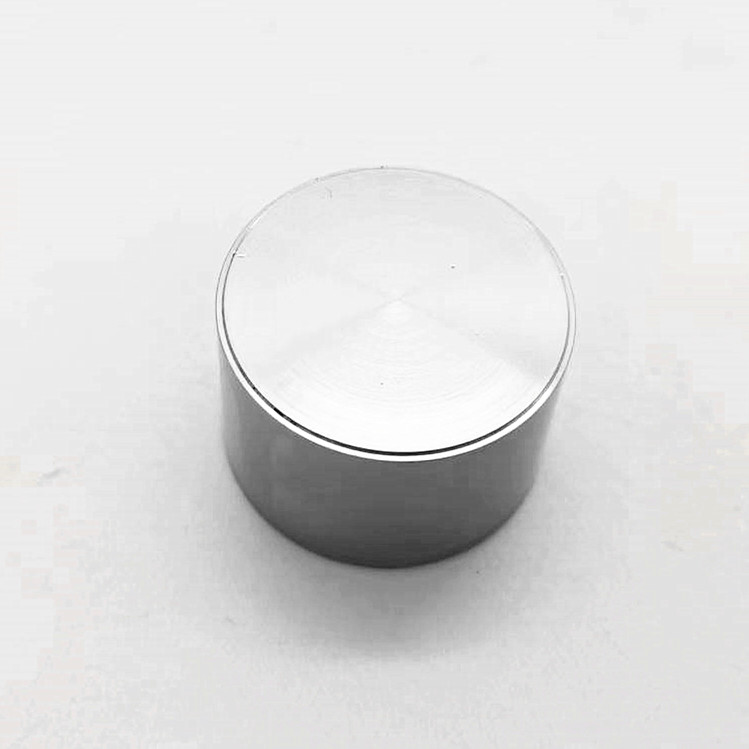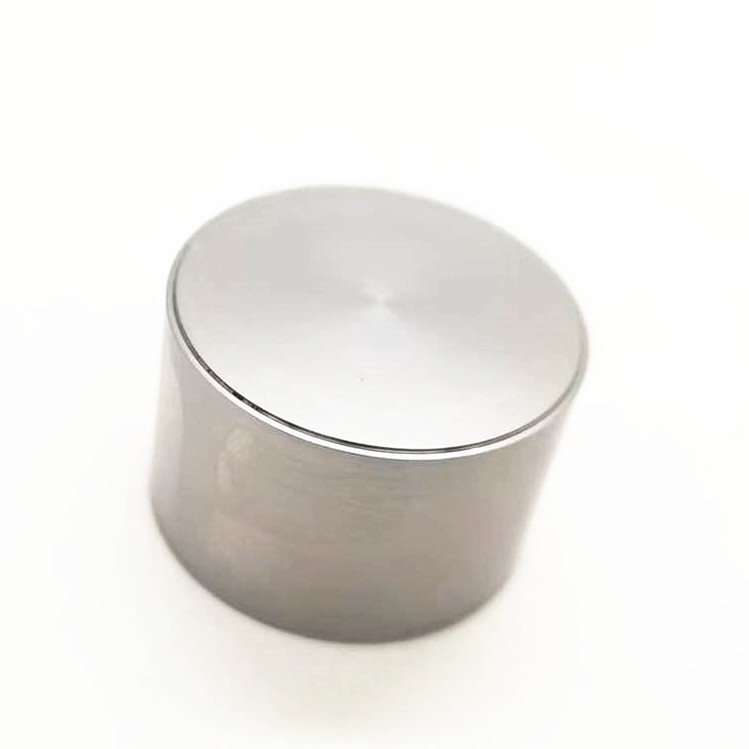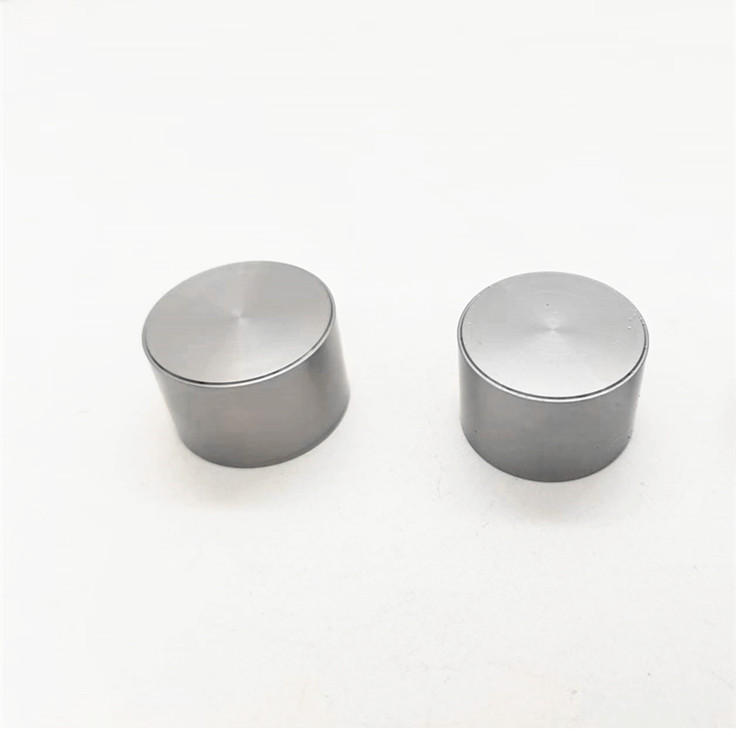Heat treatment is a process in which metal materials are heated, kept warm and cooled in a certain medium, and their properties are controlled by changing the metallographic structure on the surface or inside of the material.
Process characteristics
Metal heat treatment is one of the important processes in machinery manufacturing. Compared with other processing technologies, heat treatment generally does not change the shape and overall chemical composition of the workpiece, but changes the microstructure inside the workpiece or changes the chemical composition of the workpiece surface. , to give or improve the performance of the workpiece. It is characterized by improving the intrinsic quality of the workpiece, which is generally not visible to the naked eye.
In order to make the metal workpiece have the required mechanical properties, physical properties and chemical properties, in addition to the reasonable selection of materials and various forming processes, heat treatment process is often essential. Steel is the most widely used material in the machinery industry. The microstructure of steel is complex and can be controlled by heat treatment. Therefore, heat treatment of steel is the main content of metal heat treatment. In addition, aluminum, copper, magnesium, titanium, etc. and their alloys can also be heat treated to change their mechanical, physical and chemical properties to obtain different performance.
Process of heat treatment
The heat treatment process generally includes three processes of heating, heat preservation and cooling, and sometimes there are only two processes of heating and cooling.
Heating is one of the important processes of heat treatment. There are many heating methods for metal heat treatment. The earliest use of charcoal and coal as heat sources, and then the application of liquid and gas fuels. The application of electricity makes heating easy to control and free of environmental pollution. These heat sources can be used for direct heating or indirect heating through molten salts or metals, as well as floating particles.
When the metal is heated, the workpiece is exposed to the air, and oxidation and decarburization often occur (that is, the carbon content on the surface of the steel part is reduced), which has a very adverse effect on the surface properties of the parts after heat treatment. Therefore, the metal should usually be heated in a controlled atmosphere or protective atmosphere, in molten salt and in vacuum, and can also be protected by coating or packaging methods.
The heating temperature is one of the important process parameters of the heat treatment process. The selection and control of the heating temperature is the main problem to ensure the quality of the heat treatment. The heating temperature varies with the metal material to be processed and the purpose of the heat treatment, but generally it is heated above the phase transition temperature to obtain a high-temperature structure. In addition, the transformation takes a certain amount of time, so when the surface of the metal workpiece reaches the required heating temperature, it must be maintained at this temperature for a certain period of time to make the internal and external temperatures consistent and the microstructure changes completely. This period of time is called the holding time. When high-energy density heating and surface heat treatment are used, the heating speed is extremely fast, and there is generally no holding time, while the holding time of chemical heat treatment is often longer.
Cooling is also an indispensable step in the heat treatment process. The cooling method varies with different processes, mainly controlling the cooling rate. Generally, the cooling rate of annealing is the slowest, the cooling rate of normalizing is faster, and the cooling rate of quenching is faster. However, there are also different requirements due to different steel types. For example, hollow-hardened steel can be hardened with the same cooling rate as normalizing.
Post time: Apr-20-2022




